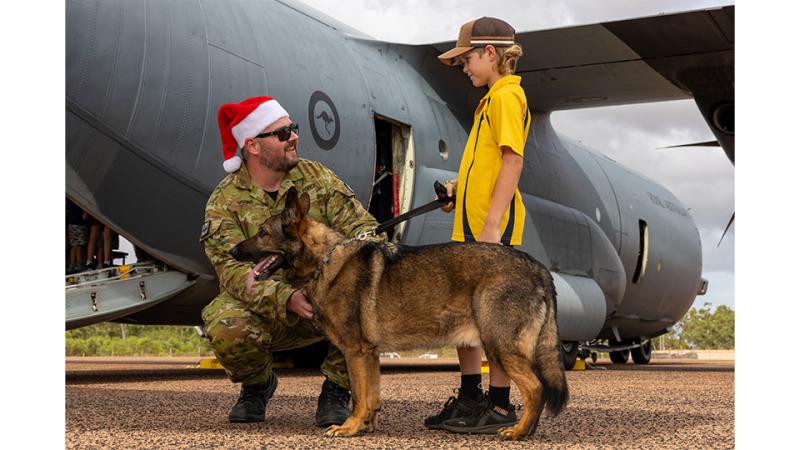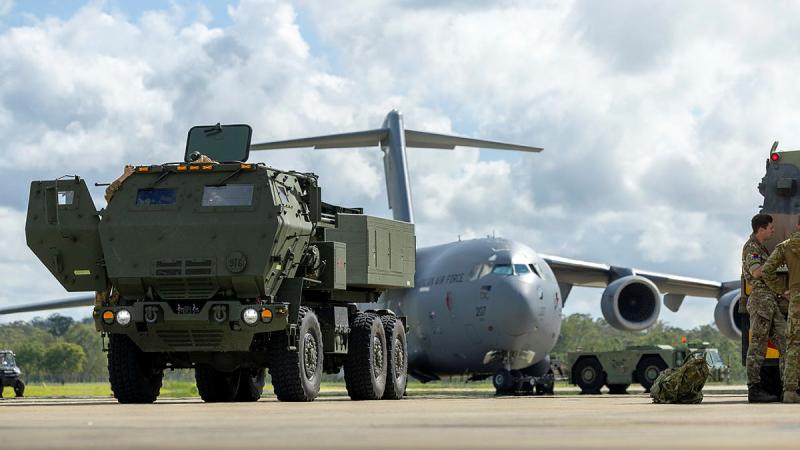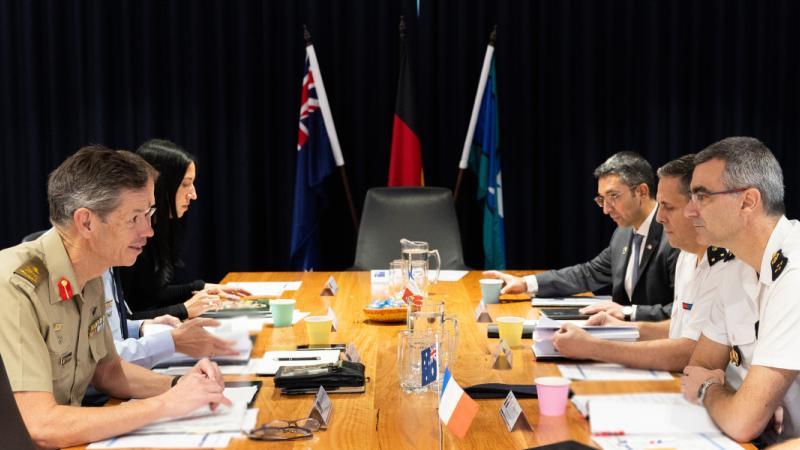24 July 2025
Holding one of the key positions within the Australian Army’s rapid transformation into a contemporary, integrated and adaptive fighting force is Battle Laboratory, or Battle Lab.
Nested within Headquarters Forces Command, Battle Lab’s role is simple: analyse, assess and experiment across the entire spectrum of military tactics, techniques, equipment and of course, training.
According to Battle Lab’s Commanding Officer, Colonel Peter Allen, the work undertaken by his team ensures that when one unit learns, all of the Australian Army knows about it.
This work is all done in direct support of the warfighter.
Talisman Sabre 25 is proving to be fertile ground, both with respect to the application of existing Battle Lab products and the opportunity to observe current tactics, techniques and procedures with the intent to improve the way Australian soldiers do business.
Battle Lab’s Captain Manning Field’s focus on Talisman Sabre 25 is the employment of compact unmanned aerial systems (UAS) by reconnaissance elements such as 2/14th Light Horse Regiment.
“We went into a hide with 2/14th and we were observing how they are employing a 1st Armoured reconnaissance asset. This is all about how our soldiers are utilising new and emerging UAS technologies,” Captain Manning said.
“The information gathered in the field feeds directly back to a newly formed branch of Battle Laboratory, known as the Tactics Development Lab, which will see Army-wide TTPs (tactics, techniques and procedures) distributed to broader Army via the Land Domain Training System (LDTS).”
'The feedback from Battle Lab is essential for our team.'
For soldiers, Battle Lab is an opportunity to discuss what works and what doesn't, as well as how Australia's friends and potential future enemies are employing similar tactics and technology.
For 2/14’s Operations Officer, Captain Thomas James, the work his team is doing on the ground is helping Army prepare to face new and emerging threats.
“The feedback from Battle Lab is essential for our team,” Captain James said.
"We try and test this equipment and push it to its limits. With the guidance and advice from Battle Lab, the soldiers know their work will potentially feed back into the wider Army and help inform the way we conduct ISR (intelligence, surveillance and reconnaissance) operations."
The LDTS is creating lethal and resilient soldiers and teams, progressing them from the schoolhouse to unit in response to the complexities of real-world warfighting.
“At the end of the day, Battle Lab and LDTS exist to help our soldiers fight and win in the land domain,” Captain Manning said.


